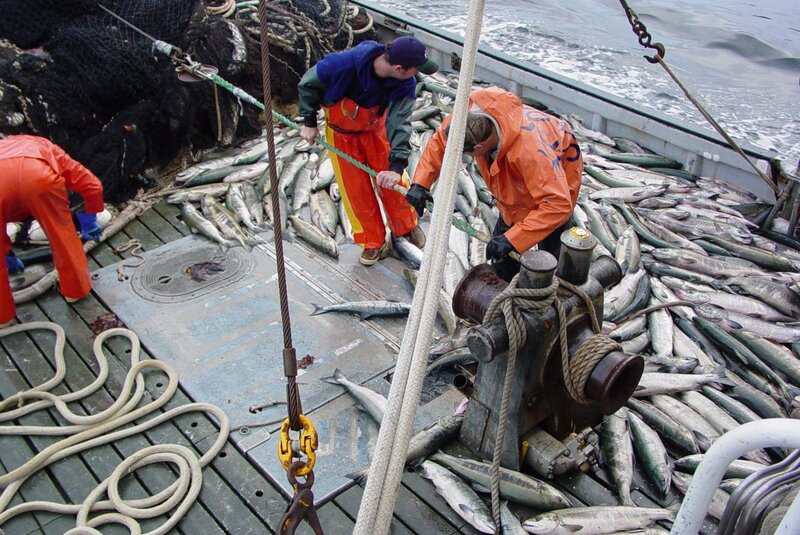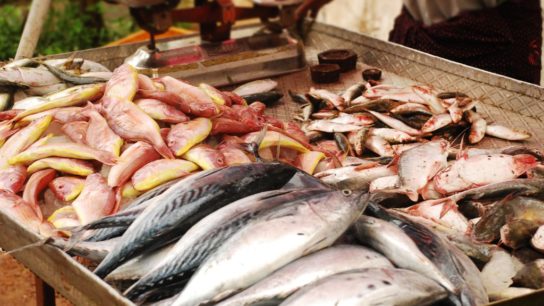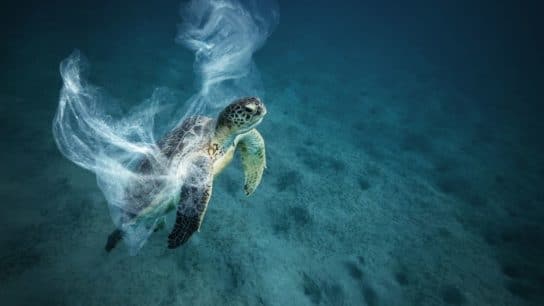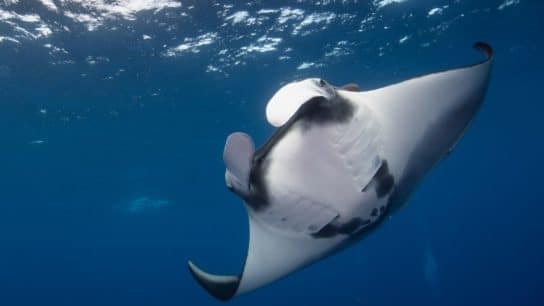Like many others, we watched Seaspiracy shocked at the extent to which human beings have plundered the oceans of marine life. For many years, we have known that the commercial fishing industry is depleting fish stocks to the point where they are unable to recover, but the documentary illustrates this in a way not seen before. Here are 13 facts from the documentary ‘Seaspiracy’.
—
- The oceans will be empty by 2048
First on our list of facts, Seaspiracy claims that fishing takes 2.7 trillion fish from oceans globally each year. If this rate of fishing continues, the oceans will be “virtually empty” by 2048, according to marine biologist Dr Sylvia Alice Earle.
- 46% of the Great Pacific Garbage Patch is made up of fishing nets
Seaspiracy says that one of the greatest threats to our oceans is not from plastic straws- which make up about 0.03% of plastic entering our oceans- but fishing nets. Taking into account that the Great Pacific Garbage Patch is 1.5 million sq kms in size, this is an astonishing amount of fishing nets left in our oceans.
- Only 5% of the world’s oceans are marine protected areas
Many countries are committing to protect 30% of the world’s oceans by 2030, but this is not the only issue that needs to be addressed- a study found that 90% of marine protected areas still allow fishing.
- Cutting down on fish consumption may not be enough
The documentary found that fish contain heavy metals, mercury, dioxins, plastic compounds, hexachlorobenzenes and PCBs, making even reducing your intake of fish still dangerous to your health. Further, the contaminants found in fish often outweigh the benefits of Omega-3 fatty acids.
- 38% of global mangrove deforestation is caused by shrimp farming
- Six out of seven species of sea turtle are either threatened or endangered due to fishing
- The ocean is the biggest carbon sink on the planet
93% of all carbon is stored in the ocean; according to the documentary, per acre, marine plants can store up to 20 times more carbon than land-based forests. However, warming ocean temperatures are causing the ocean to lose its ability to absorb carbon, which will have devastating impacts on the climate- losing just 1% of the oceans’ carbon stores is the equivalent to releasing emissions from 97 million cars.
- The equivalent of a garbage truck load of plastic is dumped in the sea every minute. This has resulted in there being over 150 million tons of plastic already floating in the sea.
- Scientists predict that 90% of the world’s coral reefs will die by 2050
This is due to coral bleaching from rising temperatures. Fish play a vital role in keeping coral reefs alive and thriving; when they excrete into the water, they feed the reefs.
- Commercial fishing is a greater threat to marine life than we realise
The documentary says that each year, over 300 000 whales and dolphins are killed as a result of by-catch. Additionally, while 1 000 sea turtle deaths each year are caused by plastic, in the US alone, 250 000 sea turtles are captured, injured or killed each year by fishing vessels.
This type of fishing is actually more dangerous than oil spills. Callum Roberts, professor of Marine Conservation at the University of Exeter, says, “the fishing industry in the Gulf of Mexico destroys more animals in a day than the Deepwater Horizon oil spill did in months.”
Finally, the methods used by commercial fishing vessels are destroying more than just fish. Methods such as bottom crawling are destroying the ocean floor. The film says that bottom crawling decimates around 3.9 billion acres of seabed each year.
You might also like: Ocean Trawling Emits as Much Carbon as Global Aviation, Prompting Concern Over Unsustainable Fishing
- Fish farming creates massive amounts of waste
Switching fish farming as an alternative to wild fishing is not much better for the environment or our health; the film found that a single salmon farm in Scotland produces as much waste as a town of up to 20 000 people each year. Health-wise, farmed fish aren’t much better for us either; farmed fish can get anaemia, lice, infectious diseases, chlamydia and heart disease.
- Slavery is rife in the fishing industry
Oftentimes, commercial fishing involves forced labour. In the film, Steve Trent of the Environmental Justice Foundation says that “slavery at sea is a massive problem.” Former slaves in the industry shared tales of abuse and murder. The filmmakers draw a comparison between the number of dead American soldiers from the five year Iraq war to the number of dead fish workers over the same five years – 4 500 compared to a reported 360 000. Captain Hammarstedt from Sea Shepherd says,“[It is] the same criminal groups behind drug trafficking and human trafficking.”
- All marine wildlife is being affected
Last on our list of facts, Seaspiracy outlines that it’s not just fish that are affected by commercial fishing. Each year, as many as 50 million sharks are caught as bycatch, as well as whales and dolphins. These animals, as well as sharks, are essential for fertilising phytoplankton, which are important for absorbing carbon dioxide. The film says that phytoplankton absorb four times as much as the Amazon rainforest.
We hope that these facts about Seaspiracy have enlightened you to the problem of overfishing. Critics of Seaspiracy say that it is biased and that some of the claims made are unsubstantiated. Marine biologist Bryce Stewart said on Twitter: “Does it highlight a number of shocking & important issues? Absolutely. But is it misleading at the same time? Yes. It regularly exaggerates & makes links where there aren’t any. Many of the scenes were clearly staged and I know that at least one of the interviewees was taken out of context.” However, what cannot be denied is that the oceans are indeed being plundered to the point of no return, and we need to demand that policymakers regulate the industry more strictly to ensure that we have a sustainable supply of fish for generations to come. Alternatively, we should cut down on or eliminate seafood from our diets to ensure that we are not only helping the oceans, but our health, too.
Featured image by: CDC.gov

















